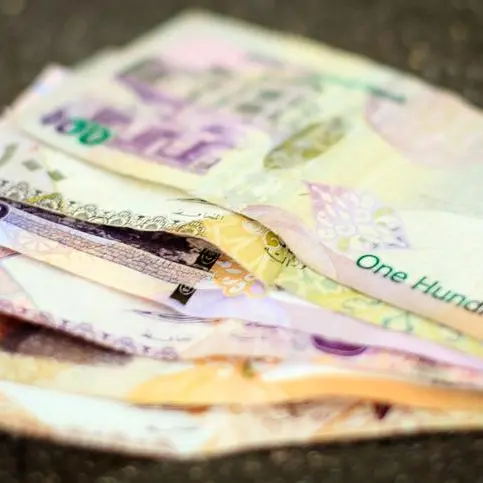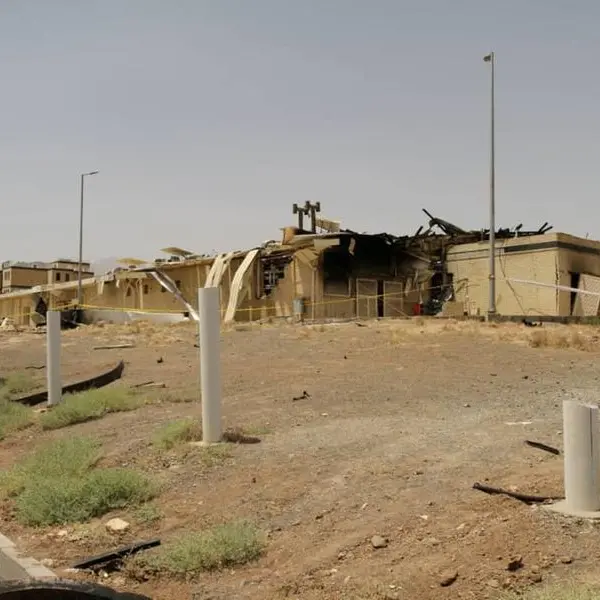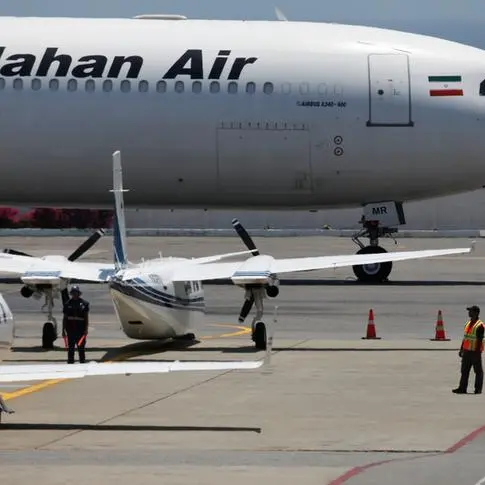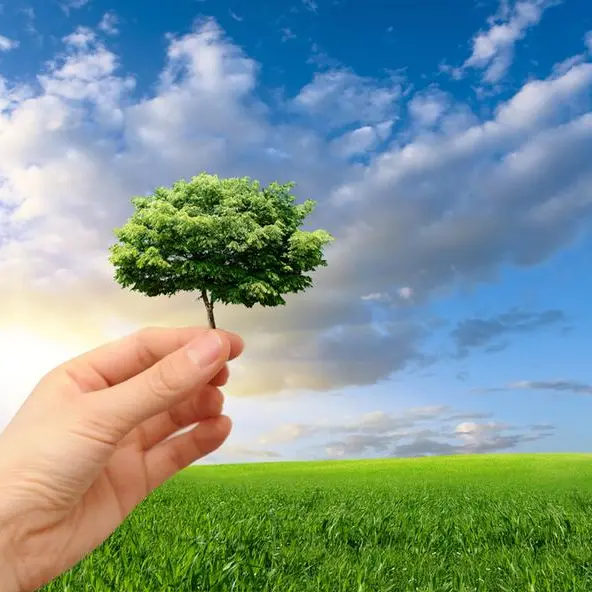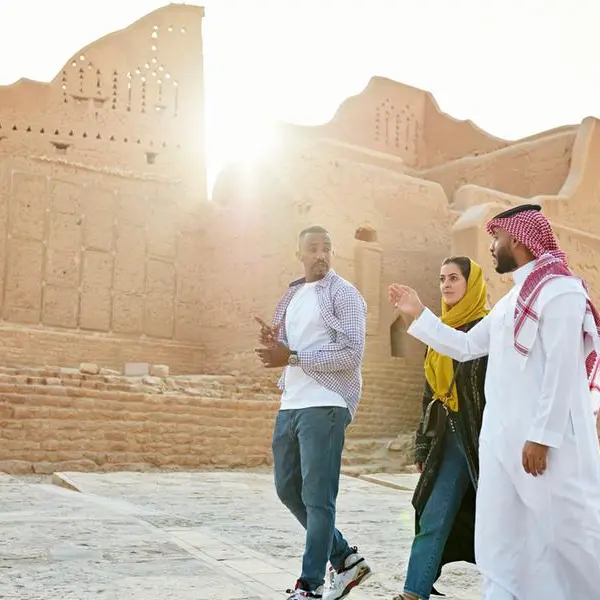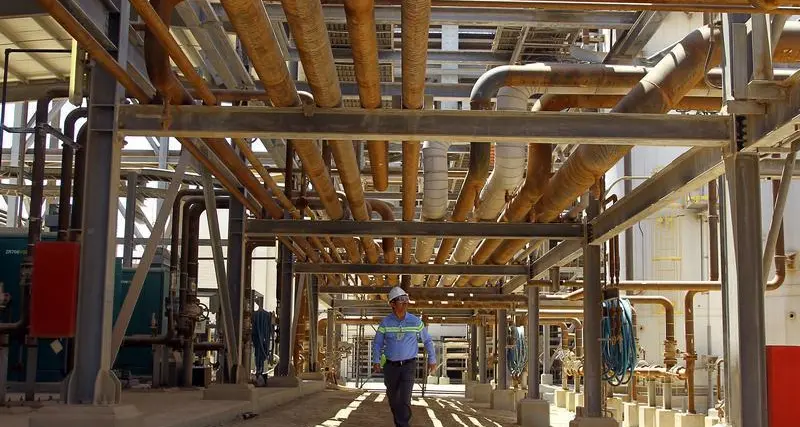PHOTO
One of the most notable post-game analyses of the U.S. presidential election last November was penned by the French economist Thomas Piketty, who argued that Donald Trump’s upset victory was mainly a symptom of resentment over the widening gap between rich and poor. Piketty’s 2013 bestseller “Capital in the Twenty-First Century,” a sweeping account of rising global inequality, documents how an increasingly staggering amount of the world’s wealth belongs to small economic elite. “He also makes a powerful case that we’re on the way back to ‘patrimonial capitalism,’ in which the commanding heights of the economy are dominated not just by wealth, but also by inherited wealth, in which birth matters more than effort and talent,” writes Paul Krugman in The New York Times. Writing in Le Monde days after the election, Piketty cites angry, American voters’ suspicion of Democratic elites: “Trump’s victory is primarily due to the explosion in economic and geographic inequality in the United States over several decades and the inability of successive governments to deal with this.”
Following the global financial crisis, more attention has been paid to the widening gap between “the 99 percent” and the world’s tiny privileged minority. According to Oxfam’s latest report on global inequality, released in January, just eight men—Bill Gates, Warren Buffett, Jeff Bezos, Mark Zuckerberg, Larry Ellison, Michael Bloomberg, Carlos Slim and Amancio Ortega—own the same amount of wealth as the poorest half of the world population combined. “As growth benefits the richest, the rest of society—especially the poorest—suffers,” writes Oxfam, noting that “the very design of our economies...have taken us to this extreme, unsustainable and unjust point.” In 2012, the World Economic Forum also identified rising economic inequality as a major threat to social stability; in 2015, the World Bank twinned its goal for ending poverty with the need for shared prosperity. In his farewell speech to the United Nations General Assembly in September 2016, U.S. President Barack Obama declared that “a world where 1 percent of humanity controls as much wealth as the bottom 99 percent will never be stable.”
Recent research has only bolstered Piketty’s point that more and more of the world’s money is in the hands of people who did nothing more to earn it than be born into the right family. In the next 20 years, according to the UBS 2016 “Billionaires” report, some 500 people will hand over a record $2.1 trillion to their heirs—a sum larger than the GDP of India.
The breathtaking riches globalization and technology have helped produce in rent decades have disproportionately gone into the pockets of the very wealthy. According to recent research by economists, the U.S. economy has more than doubled in size in the last 34 years, but the poorest half of the country is earning nominally more than it did three-and-a-half decades ago, while the richest 1 percent is raking in triple what it did in the early 1980s. The trend in developing countries is not much different, writes Oxfam. Between 1988 and 2011, the poorest 10 percent saw their average earnings increase by just $3 a year, while the wealthiest 1 percent made 182 times more than that. The group reports that a FTSE-100 CEO in the UK earns as much in a year as 10,000 people working in garment factories in Bangladesh. Here in Egypt, since the 2001 revolution, “social justice” has become an important political buzz-phrase. Around the world, there is growing recognition that “left unchecked, growing inequality threatens to pull our societies apart,” writes Oxfam. “It increases crime and insecurity, and undermines the fight to end poverty. It leaves more people living in fear and fewer in hope.”
However, even as a growing consensus has emerged about the problem of the widening wealth gap, there is little out there in the way of practical advice for what governments and policymakers should do about it. This was the impetus for the World Economic Forum’s 2017 “Inclusive Growth and Development Report,” published as the group gathered this year at its annual retreat in Davos, Switzerland. Speaking to a CNBC reporter at the snowy Alpine resort that hosts the yearly gathering of economic powerbrokers, Richard Samans, a member of the WEF managing board said, “The world is basically in loud agreement that inclusive growth is the way to go, but it has been much more aspiration than action.” Hence, the paper seeks to be a guide for officials seeking to achieve “greater synergy between economic growth and more broadly-based progress in living standards.” Building on the first version of the report published in 2015, the WEF has also included an Inclusive Development Index, which measures and compares inclusive growth in 109 countries. The ranking “offers a more integrated and holistic picture of the state of economic development of countries than Gross Domestic Product per capita alone.”
The ultimate goal of economic growth, as the WEF points out, is “broad-based and sustained progress in living standards.” Traditionally, measured by a country’s growth is per capita GDP. In modern market economies, a combination of institutions and “structural policy incentives” are supposed to make for an “implicit income distribution system” that helps “to diffuse widely the benefits of an expanding national economy in terms of household income, opportunity, economic security, and quality of life.” In other words, in developed countries, at least, systems have been put in place to ensure that the fruits of capitalism don’t just benefit a few lucky souls at the top.
However, in advanced economies in the last couple of decades, the “policy and institutional ecosystem” that’s supposed to ensure equitable growth has either malfunctioned or stopped working entirely due to a variety of factors including “accelerating technological change, global integration, domestic deregulation, and immigration,” which has been driving major changes in labor markets. “This has resulted in heightened dislocation, pressure on median wages, and insecurity, even though these countries have enhanced efficiency and overall national income.” Meanwhile, developing countries have struggled to spread the wealth of rising industrialization and growth enough to meet growing social expectations. The outcome is that “in rich and poor countries alike, social inclusion is a burning political issue.”
Countries that have “done a relatively good job of making their growth processes more inclusive” include Cambodia, the Czech Republic, New Zealand, South Korea and Vietnam—nations at very different levels of economic development—while those who scored low on the IDI include Brazil, Ireland, Japan, Mexico, Nigeria, South Africa and the United States. Egypt is in the latter group, coming in 73rd among the 79 developing economies rated. With growth down and unemployment up, fewer Egyptian workers are supporting more people. “An extremely high debt-to-GDP ratio,” poor education and transport systems and “pervasive corruption” are other contributing factors, despite Egypt’s “history of entrepreneurship, business and employment creation,” writes the WEF. It’s not alone. “Significantly, 51 percent of the 103 countries for which these data are available saw their IDI scores decline over the past five years, attesting to the legitimacy of public concern and challenge facing policymakers regarding the difficulty of translating economic growth into broad social progress.”
The organization notes that “the world economy is at a crossroads.” Global growth has slowed and is predicted to slow further in the wake of political shocks like Brexit and Trump. The International Monetary Fund projects world growth of 3.1 percent in 2016, down from around 4 percent in 2011. Emerging economies like the BRICS that enjoyed a post-financial crisis growth spurt have also slowed markedly, and advanced economies are even more sluggish. Meanwhile, new advanced technologies—“the Fourth Industrial Revolution”—threatens to upend traditional notions about how economic development works. For example, the advent of industrial robots has threatened to transform manufacturing, which “has provided a ladder out of widespread poverty for countless countries over the past two generations.”
The WEF agrees with Piketty that frustration with the stagnation in advanced economies has fed the rise of “political parties that challenge the fundamental tenets of the post-war liberal international economic order, including trade liberalization, supranational governance, and expanded capital and labor mobility.” Meanwhile, increasingly connected populations in the developing world are raising their own demands for better opportunities. All this has raised the question of whether the “income distribution system” of modern market capitalism can be fixed.
The answer is yes and no, concludes the WEF, which prescribes “a robust inclusive-growth strategy” that is “both pro-labor and pro-business, an agenda to boost both social inclusion and economic efficiency through a stronger focus on institutions.” Beginning at the turn of the century and especially following the Great Depression, most of today’s advanced industrialized countries underwent “a sustained process of institutional deepening” that bolstered their economies, reduced poverty and gave rise to a thriving middle class. These included labor, financial and social insurance reforms as well as pro-business measures to encourage competition and risk. Today, the world needs “a new global growth agenda” involving national public-private efforts bolstered by the international community. The world population is expected to reach 9.7 billion by mid-century, with the vast majority of the growth taking place in poor countries. Sustainable economic development depends on expanding labor productivity, especially by investing in opportunities for young people.
© Business Monthly 2017

